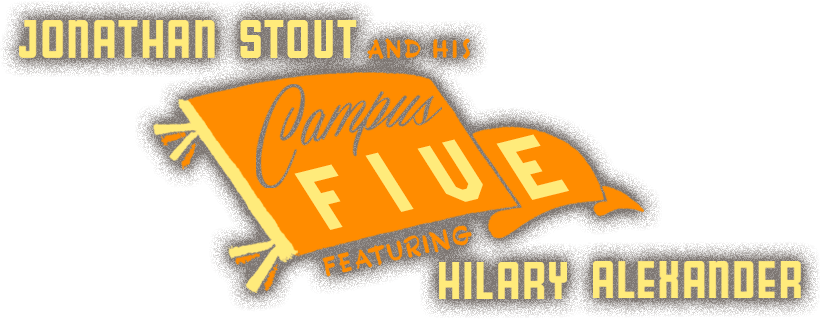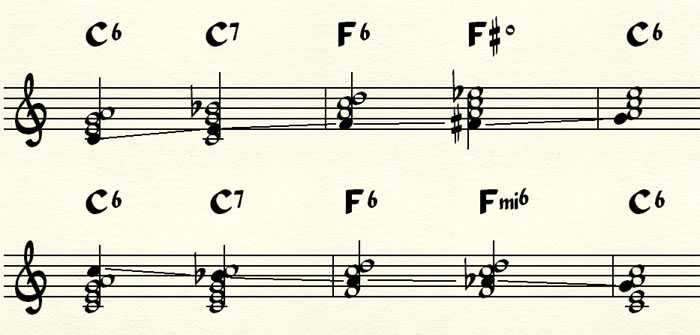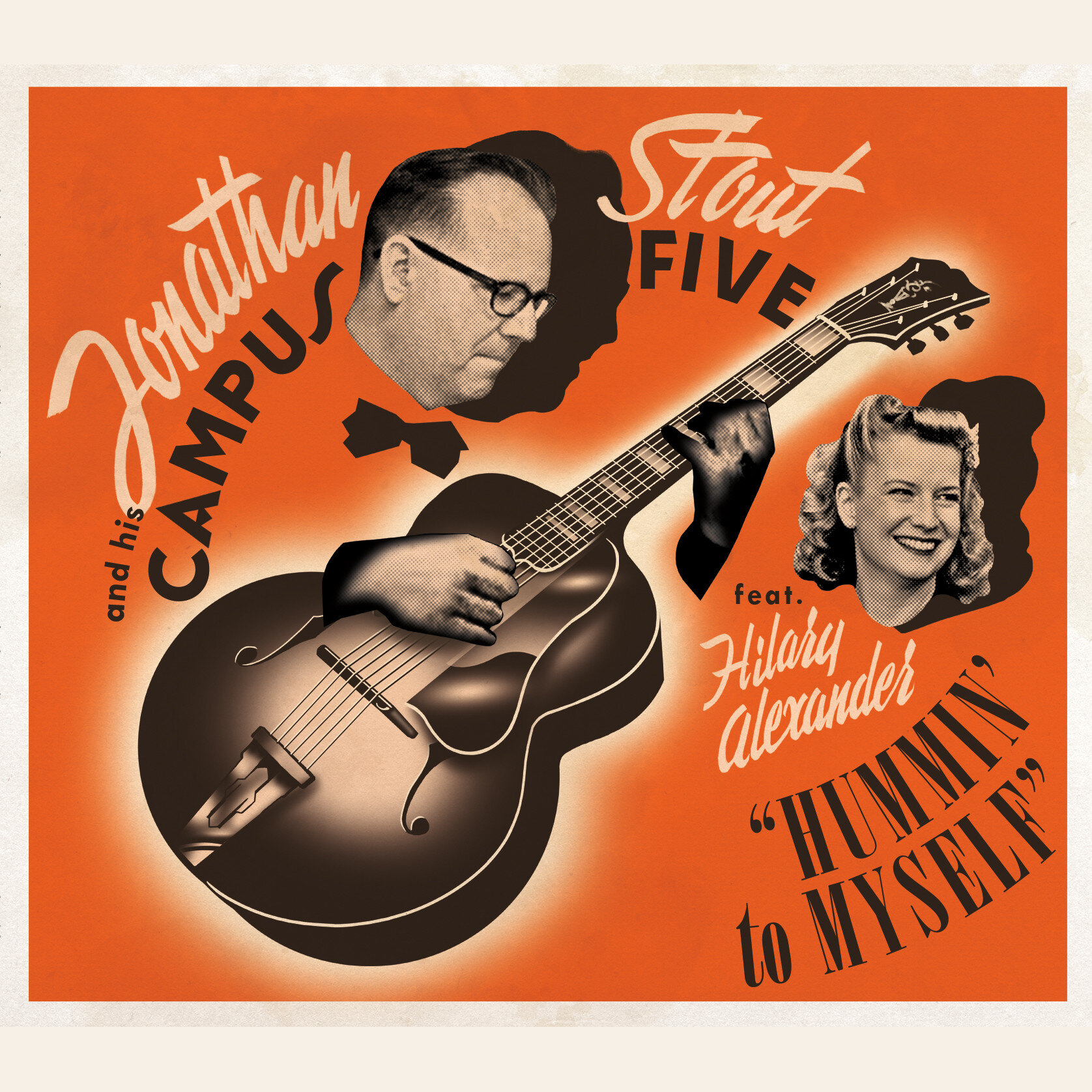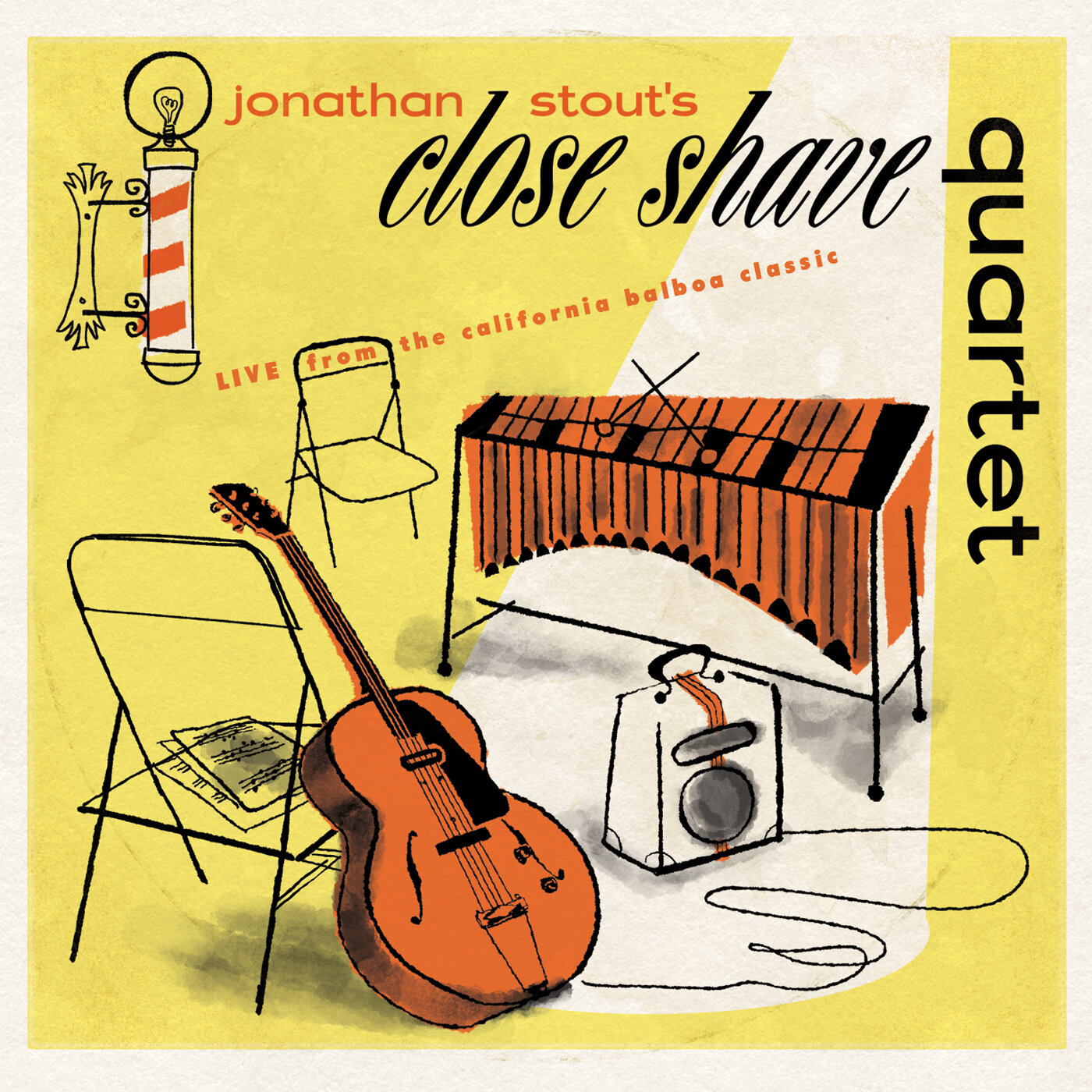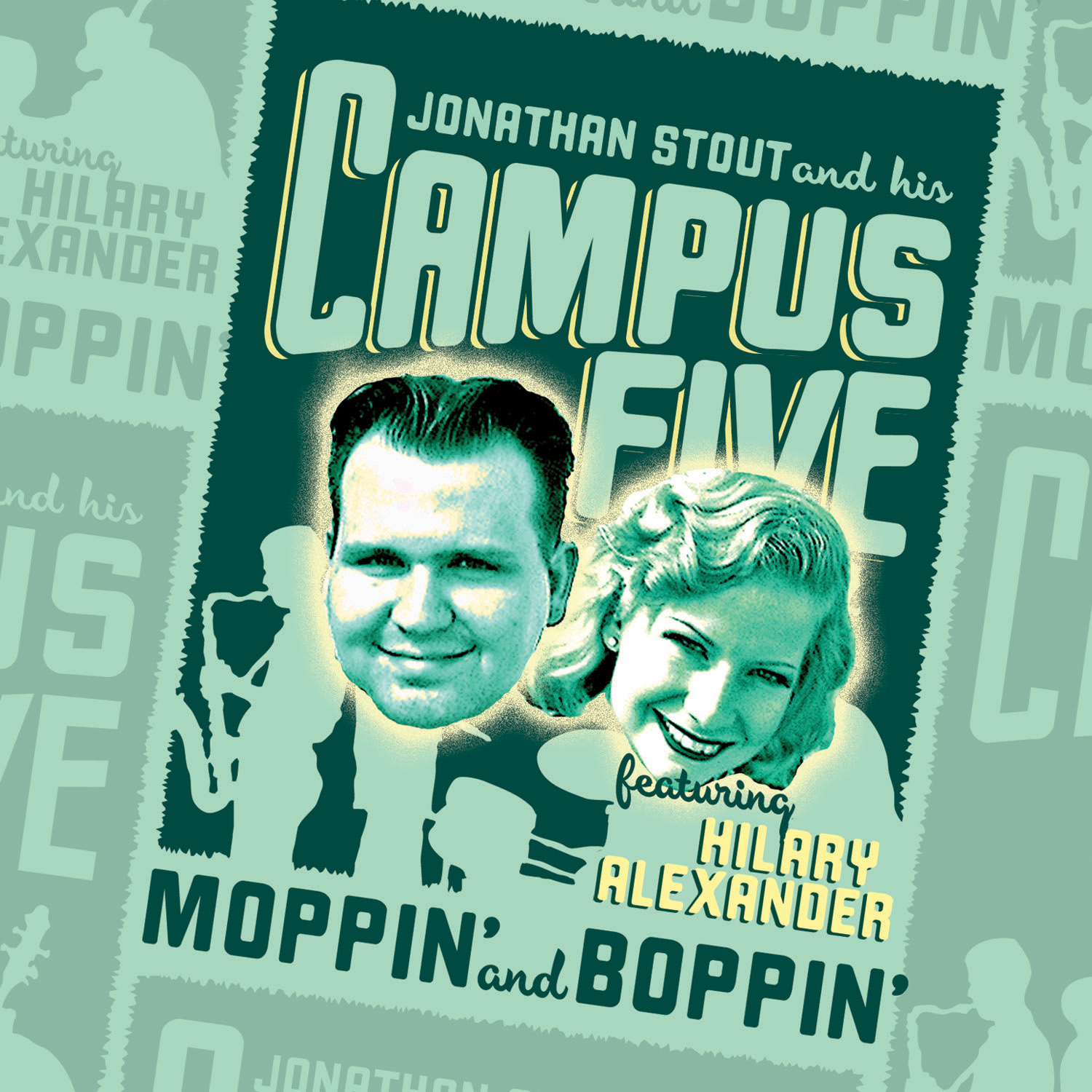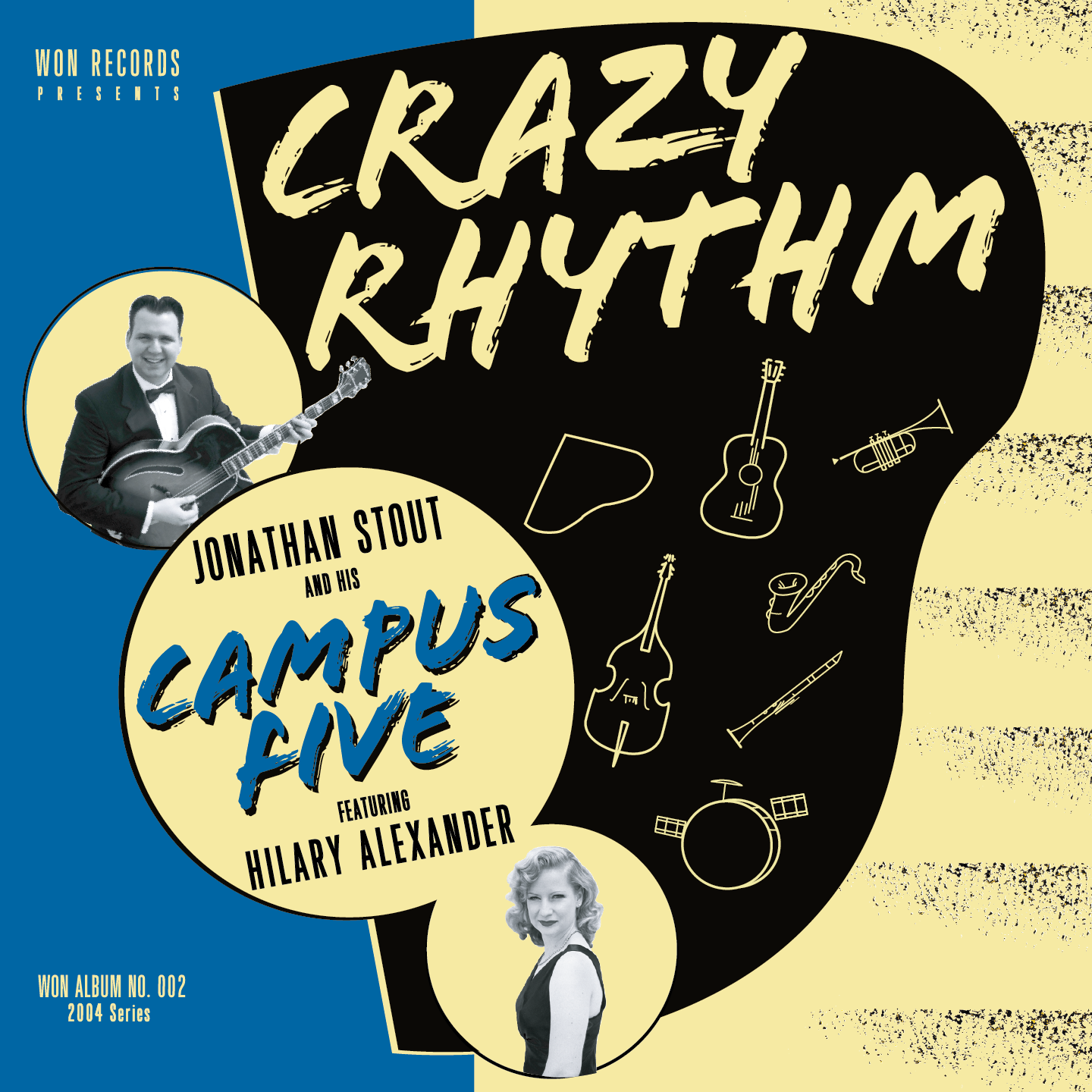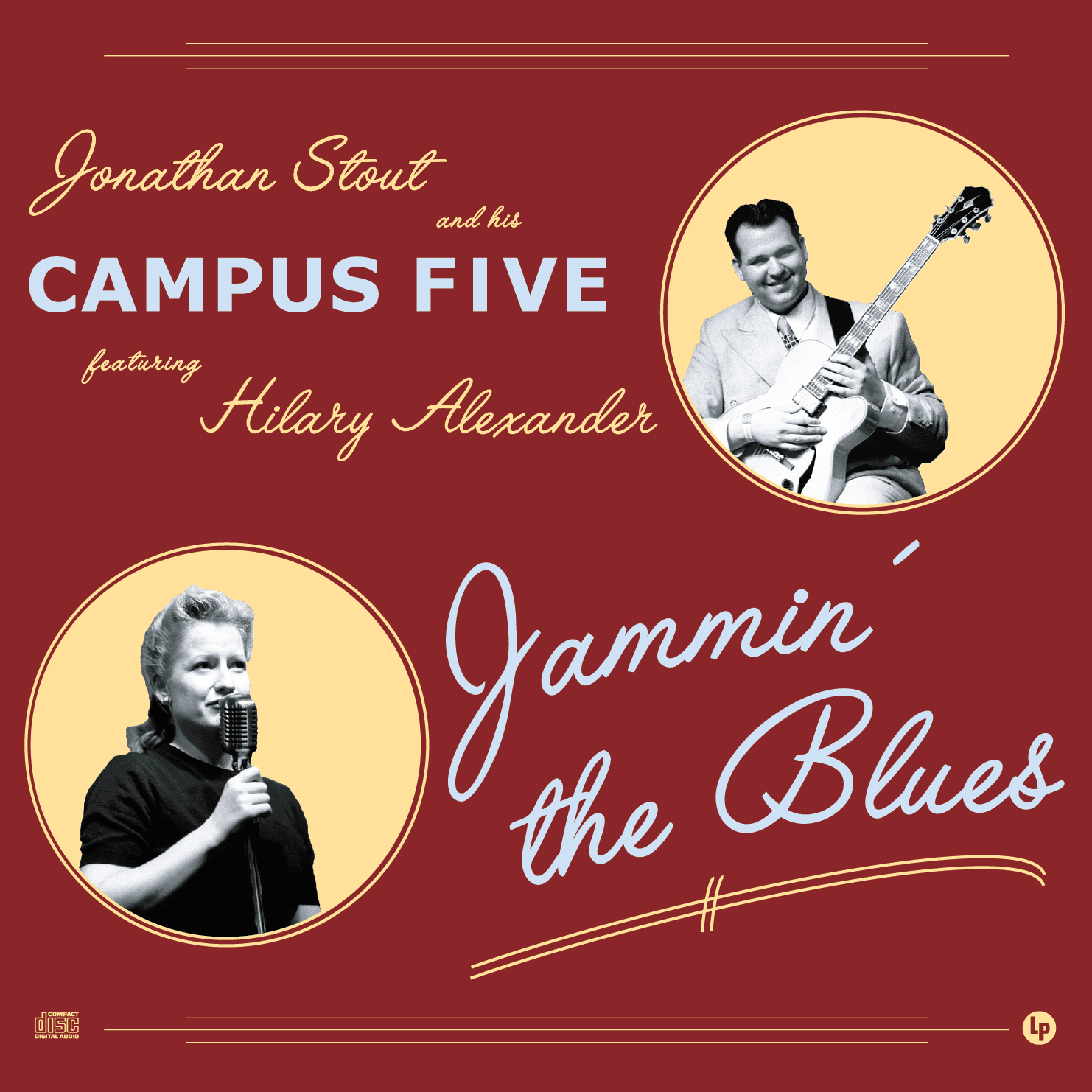This is another updated post from the old blog....
There was a thread on the Django Swing Page forum - www.hotclub.co.uk - about good songs for beginners. I thought I should put something here about good songs to start with for players new to the style. Some of these good for practicing leads, some better for practicing rhythm, and most for both.
Here are some suggestions:
Bb Blues (PDF)
Bb Rhythm Changes (PDF)
Minor Swing (PDF) / Dark Eyes (PDF) / Blues en Mineur (PDF)
Honeysuckle Rose (PDF)
Rose Room (PDF) / I Can’t Give You Anything but Love (PDF)
Rosetta (PDF)
Dinah (PDF) / Lady Be Good (PDF)
All of me (PDF)
Here’s a little explanation as to why these can be helpful:
Blues: This is clearly something every jazz musician needs to know backwards and forward. Of course it is a good place to start since it contains only 3 chords at its most basic level.
Rhythm Changes: Now, this song does have a lot of chords during the A sections, but more often than not, I just consider them to be 8 bars of Bb when soloing. The ability to play over the most simple of changes is far more important in the long run, than being able to mechanically run through complex changes. Playing 8 bars of a single chord is a great way to make yourself play melodically. Changes create interest – when there are no changes you have to create the interest.
Minor Swing / Dark Eyes / Blues en Mineur: Each of these is a variation of a minor i-iv-V progression. You could basically play though the entire song with the harmonic minor scale. But you can also use arpeggios throughout. Either way, it is good training ground to balance chordal movement and scale-based playing.
Honeysuckle Rose: A great example of playing V-I tunes, like Sweet Sue, or You Rascal You. V-I is a very simple move, but since its so obvious and entirely diatonic it can be hard to play something that doesn't sound cliche or corny. Step one is to embrace the corny, and then move on. The bridge is also a classic set of movements, which will come up time and time again. I7-IV is classic as is the II7-V7. The best part is that all of the changes go by fairly slowly – only every 2 bars.
Rose Room / I Can’t Give You Anything but Love: Another song with classic movements you find all of the time. Both have a I7-IV-iv movement which is very classic. Additionally, each has a II7-V7 section, and I-IV7-ii-V movement as well. Again, here the chords don’t go by too fast.
Rosetta: More classic changes. I-V+-I-IV7-II7-V7-I. Each of these changes is classic. These changes do go by a bit faster. The bridge can basically considered a 4 bars of Am, then 4 bars of C going back to F.
Dinah / Lady Be Good – The A section is another lesson in I-V movment (although Lady has that IV chord). Each bridge has more common movements. Lady has a classic IV-iv-I movement along. Dinah has descending line cliche - i.e. the vi-vimaj7-vi7-vi6 movment (say, Em, Em/D#, Em/D, Em/C) - which is sometimes used in Lady Be Good as well (taking the place of the two bars of A7 during the bridge).
All of Me: This is the most complicated of the list. See my earlier post about the breaks down all of the changes. Again, the changes only come every two bars (mostly).
Some final thoughts:
I know when I started, so many modern jazz tunes have changes that go by 2-per-bar, and move in unfamiliar or novel ways. I found that I couldn't play melodies, but just mechanically run through the changes. Once I started playing the swing/hot jazz style, I found that the simpler and more conventional changes of the style allowed me to play melodies instead of simple hoping to get through the changes. Now I can handle more complicated changes because I know how to play melodies, not just run mechanical lines.
